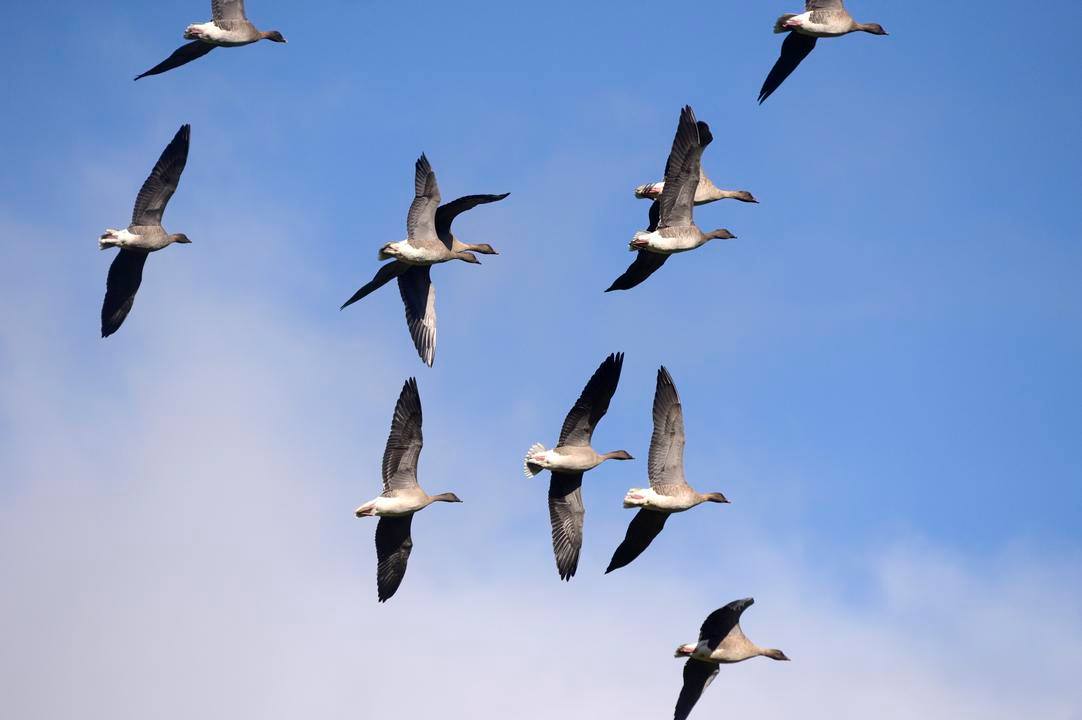As we wave goodbye to April, David Pickett of WWT Caerlaverock tells us what life has been like on the reserve over the course of last month:
“April can be a confusing month at WWT Caerlaverock. On a calendar April is smack bang in the middle of spring and when seen in black and white like that, it should be clear what to expect when you venture out onto our reserve.
However, that’s not the case! Instead, it’s actually more like an airport foyer with wildlife passing through in all directions, all busy and all with different purposes.
We all have different wildlife markers for times of year that help us tune into the seasons and mark progress through the year. But in April at Caerlaverock they are a bit mixed, and it can feel a bit like turning a tuning dial on a radio – one minute tuning into the winter station, next it is spring, and then summer.
An April day here at Caerlaverock starts at first light and a hard frost, where Pink footed geese are usually some of the first birds to launch into the air, leaving their roost on the Solway mudflats and heading in land to feed. At this point in the year, their numbers are down to a few hundred laggards, moving through and busy fuelling up before they head north to Iceland and Greenland for a short and quick arctic summer holiday.
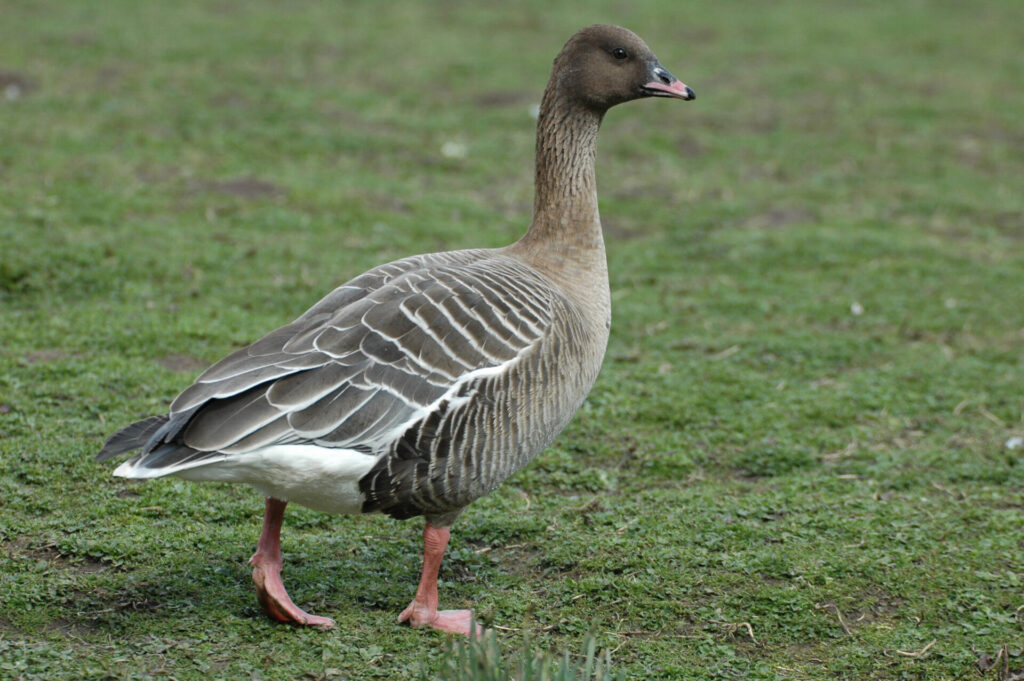
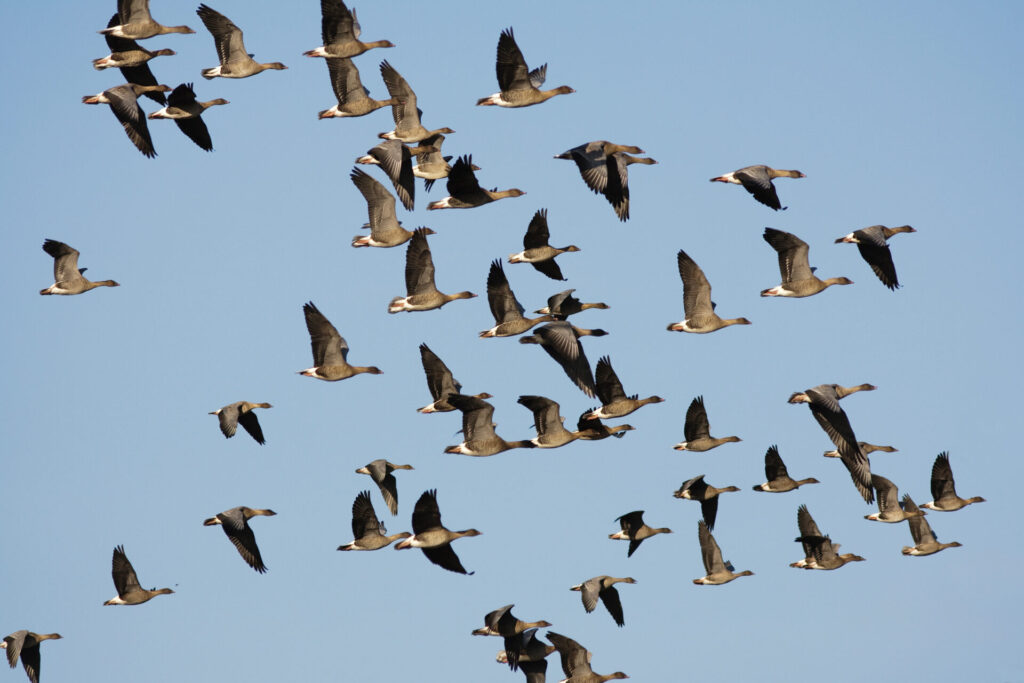
The Barnacle geese are quick to follow the Pinks out of the roost, leaving later in the day and slightly later in the spring as they have further north to go, to Svalbard, and need to wait a bit longer for the arctic summer to get going up there. Hearing the geese going over on a cold morning is what winters are all about here, and the sound, even in spring, makes us feel like winter is still here. However, as the geese settle onto the fields to fuel up for their travels north, the day warms up and the new arrivals to the reserve become more apparent.
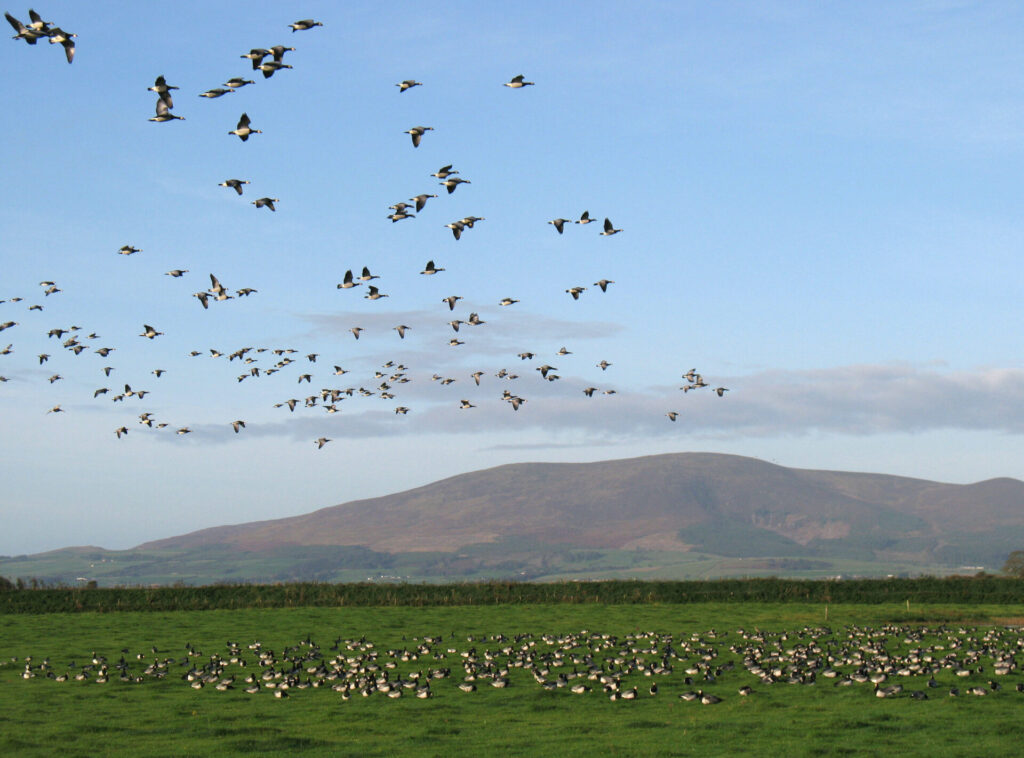
Willow warblers, sedge warblers and grasshopper warblers arrive in the last weeks of April from a winter in Africa and change the atmosphere on the reserve to spring. The males are all yelling out their songs in the hope of attracting a female and holding a breeding territory. This backdrop of bird noise becomes less, “let’s keep the flock together” of the geese and more like, “oi, how about me” and “back off” from the new arrivals, that’s when you know the season really is changing!
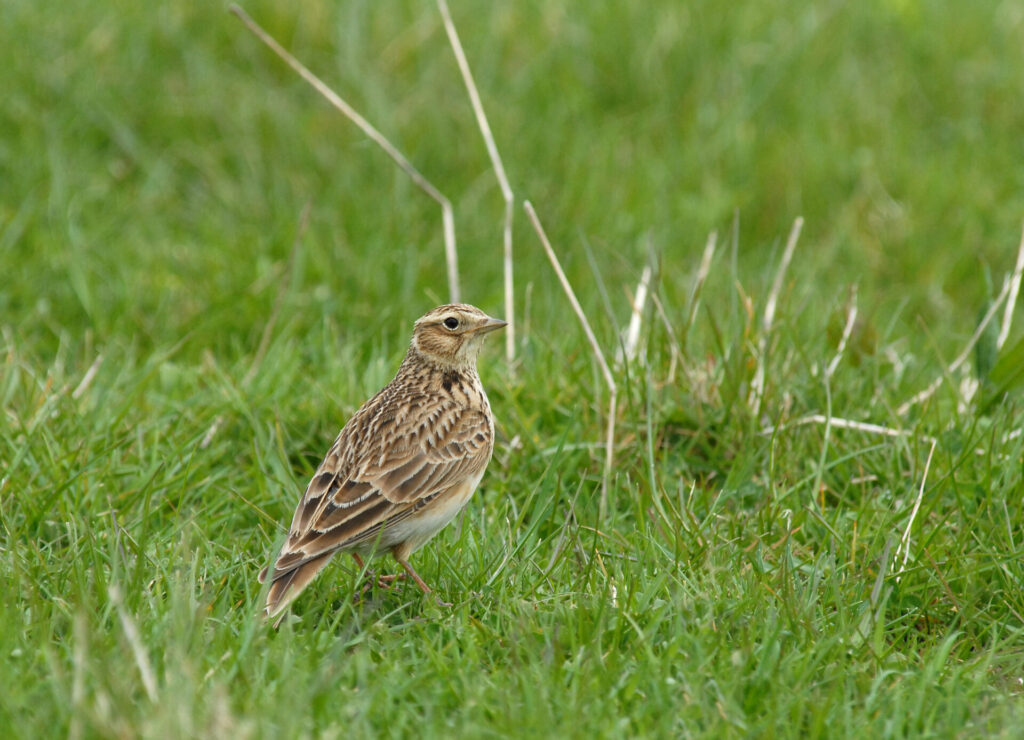
The warming air has you shedding layers of clothing and other summer migrants such as swallows and house martins put in an appearance and the arrival of these little birds moves you rapidly through the seasons and we feel like summer is just around the corner. Then comes the sound of summer. For me the sound that marks the real transition from winter into brighter times is the song of the skylark. Though they can start singing while passing through Caerlaverock on the move to breeding areas, the full blast of a skylark chorus with dozens and dozens of them singing out on the Merse sums up summer.
So, you see, a fine April day at Caerlaverock can take you through all of the seasons with a hello to the summer visitors and a sad farewell to the winter ones, the geese, though it won’t be long before they come back again in September.”
Watch the Pink Footed Geese in flight here:
